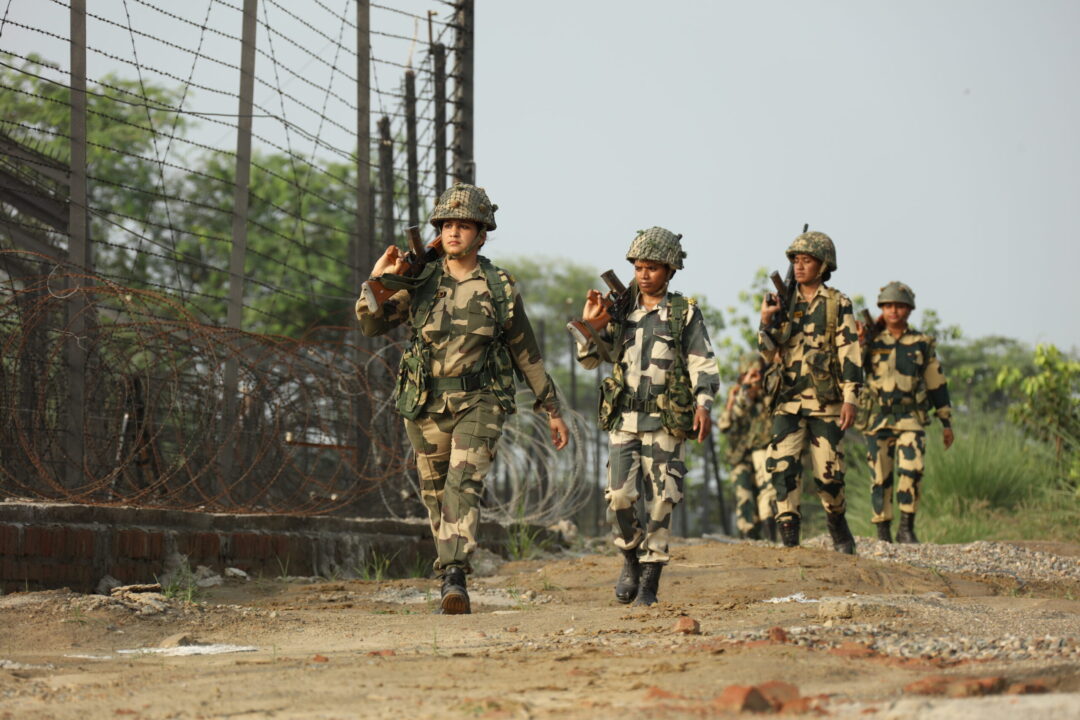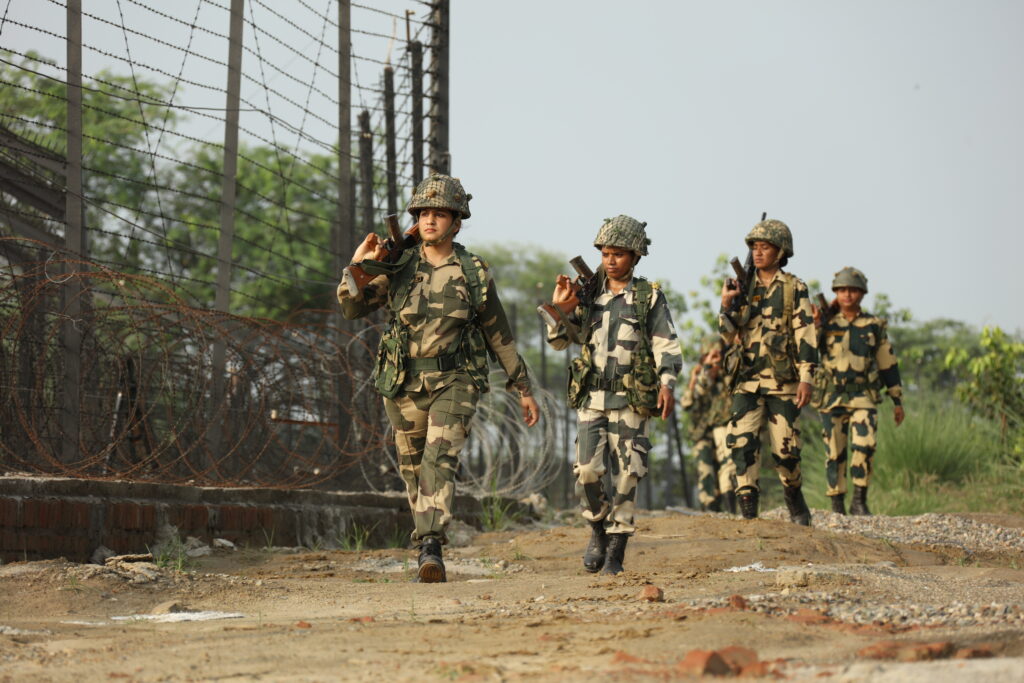Borderline Defence: The Complexities and Solutions of Border Security

Border security frequently requires managing geopolitical tensions and conflicts among adjacent nations. The presence of varying interests, historical disputes, and territorial assertions can add complexity to the task of establishing efficient security protocols. Borders often span diverse landscapes, including deserts, mountains, forests, and bodies of water. Securing such varied terrains requires adaptable strategies and technologies. India has encountered significant challenges in maintaining peaceful relations with its neighbouring countries, particularly concerning border areas. Throughout its history as an independent nation, India has experienced conflicts and standoffs with both China and Pakistan due to the inability to reach a consensus on delineating precise borders. These issues have transcended national boundaries, impacting India’s global interactions, particularly with Western nations. Observing the ascent of China as a potential threat, the United States has initiated efforts to foster collaboration with India, aiming to establish a united front against China’s influence. Notably, a recent development involved the United States and India entering into a substantial agreement worth $3 billion. This agreement facilitated India’s acquisition of state-of-the-art MQ 9B drones, strategically enhancing its surveillance capabilities along both land and maritime borders, with a specific focus on monitoring activities related to China (Peri, 2023).

However, India is still having difficulties with China to deescalate the border crisis raging between the two since June 2020. Recently though, top defence and security brass of India and China have agreed on the need to de-escalate the tensions along the Line of Actual Control (LAC) at the earliest with instructions given to tactical commanders to come out with a ‘workable solution’ (PHILIP, 2023). Despite disengagement from the Galwan Valley, Pangong Tso, Gogra (PP-17A) and Hot Springs (PP-15), the Indian and Chinese armies continue to maintain thousands of troops and equipment along the LAC (PHILIP, 2023) and no signs of a permanent de-escalation are on sight as of now. These occurrences preceded the scheduled attendance of Prime Minister Narendra Modi and Chinese President Xi Jinping at the BRICS Summit in Johannesburg (22-24 August). The potential for a direct meeting or an informal interaction between the two leaders during the event has not been dismissed. India-China tensions at Depsang Plains in Ladakh precede the current stand-off by several months at least, Both Pangong Tso and Depsang Plains have emerged as sticking points during the India-China disengagement efforts along multiple points in Ladakh, with the process entering a stalemate in the face of Beijing’s lack of cooperation. Even though talks at the corps commander-level have hit a roadblock, a fresh dialogue is being held Saturday at the Major General-level, a notch below, in Daulat Beg Oldi. The talks will focus on Depsang Plains and the overall situation (Philip, 2023).
The region’s strategic significance lies in the fact that, should the Chinese opt to extend their presence to what they consider the Line of Actual Control (LAC), they would potentially secure command over the Darbuk-Shyok-Daulat Beg Oldi (DS-DBO) road. The Chinese presence in the Depsang region does not involve construction within the areas India asserts as its own. However, they have positioned cameras and restricted entry due to a road they constructed in 2013 behind the Bottleneck section, specifically within the Raki Nala zone (PHILIP, 2023). Additionally, there’s a possibility they might endeavour to seize control of the Saser La pass, a move that could potentially isolate the Siachen Glacier from India (Philip, 2023). The current scenario in Depsang mirrors the conditions that existed on the northern shore of Pangong Tso, another contentious area in discussions, before the incursion that occurred this year. Satellite imagery has revealed heightened Indian and Chinese troop placements within the Depsang Plains region. The Chinese side has introduced supplementary tanks and artillery units, adjusting their placement slightly closer to the front from their customary locations. However, these positions still remain situated beyond India’s recognized Line of Actual Control (LAC). India has also moved additional men, tanks and other equipment into Depsang Plains to counter Chinese build-up. The issue lies in the fact that the Chinese asserted demarcation line extends significantly into territory held by India after the Bottleneck region. Sources indicated that the Chinese claim line in this region is approximately 1.5 kilometres away from an Indian military encampment situated in an area referred to as Burtse (PHILIP, 2023).
(Read More: Punjab Border: Analysing the need for a paradigm shift in strategy for effective border domination)
Based on this case study, the fact becomes apparent that border security is a very complex framework based on the countries’ perspective of the map of that specific region. The main point of contentions between India and China here is the interpretation of both sides about the correct line of demarcation in the Line of Actual Control. Efforts are usually made by both the sides bilaterally without the need of foreign intervention. For example, in the aforementioned case study, several Corp Commander level talks have been held between the two countries in order to come to an agreement about the demarcation line with a bilateral approval, it has not bore much fruit so far further demonstrating the complexity of the way this issue is being dealt with based on the character of the players involves in it. It is important to recognize that the intricacies of border security change over time. The issue between India and China’s border is not something new but an issue which has been going on since past several decades and continuously taking new forms every few years. Therefore, it is crucial to remain adaptable and open to adjusting strategies and technologies to effectively address emerging challenges.


Leave a Reply